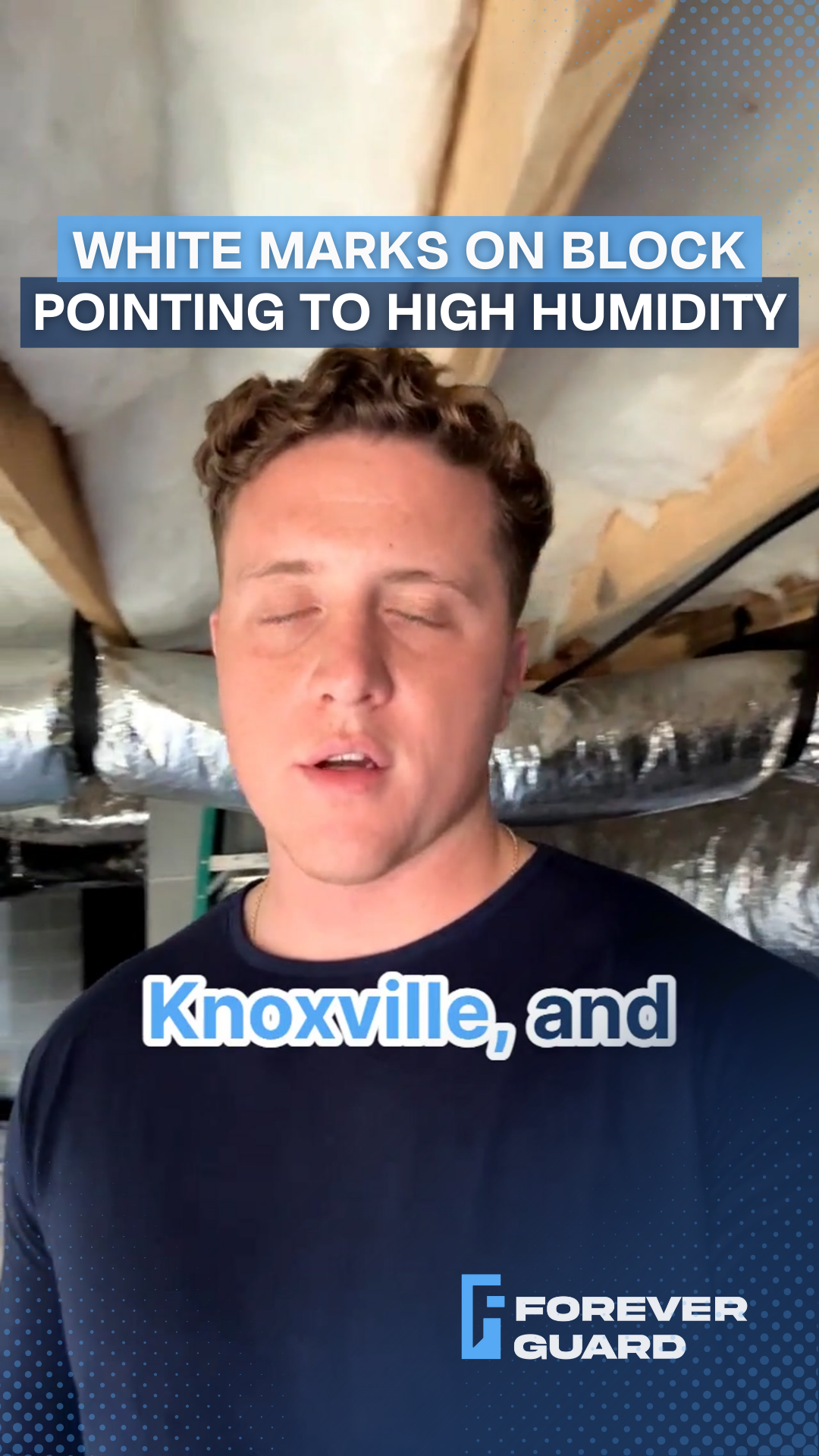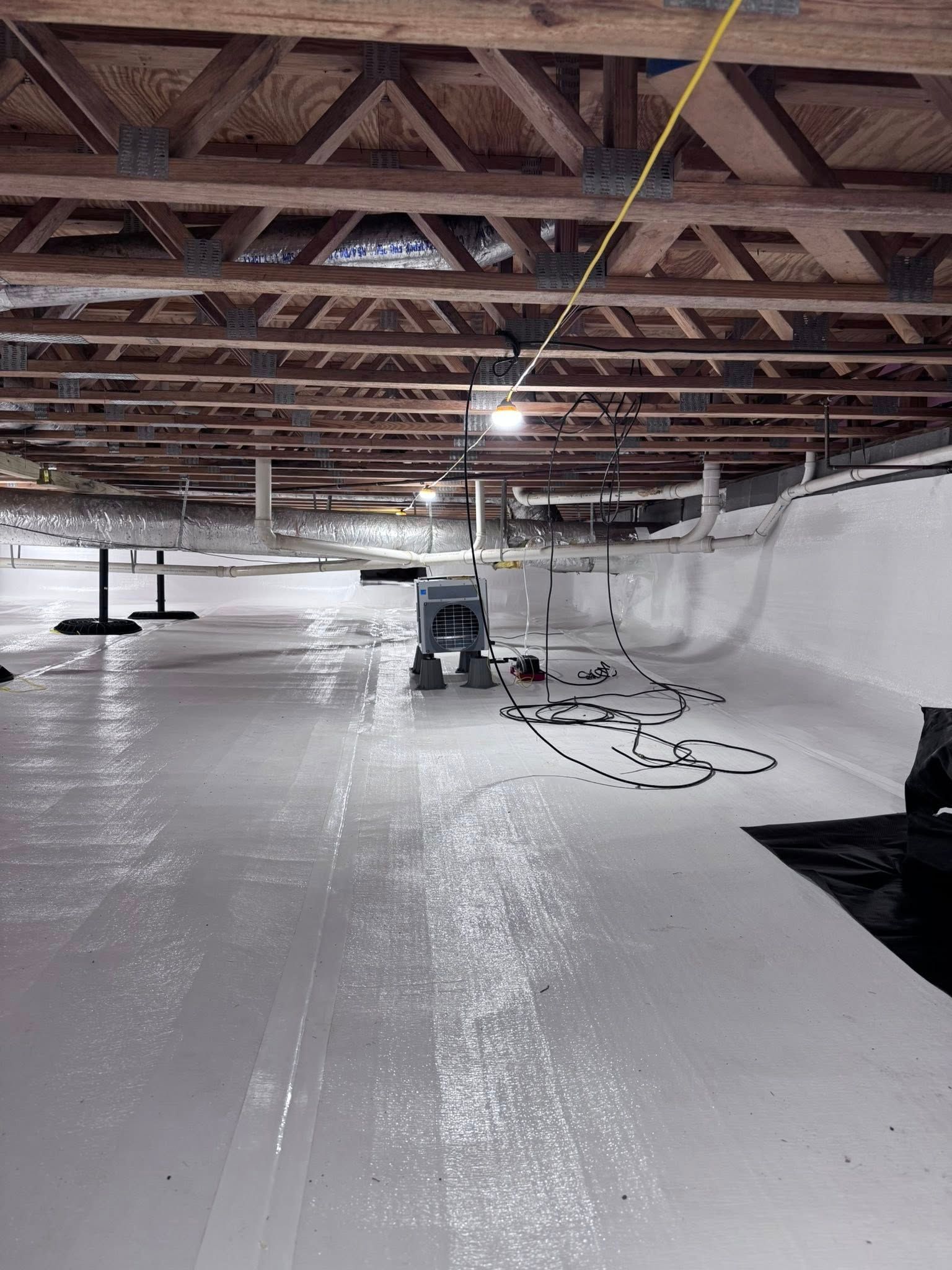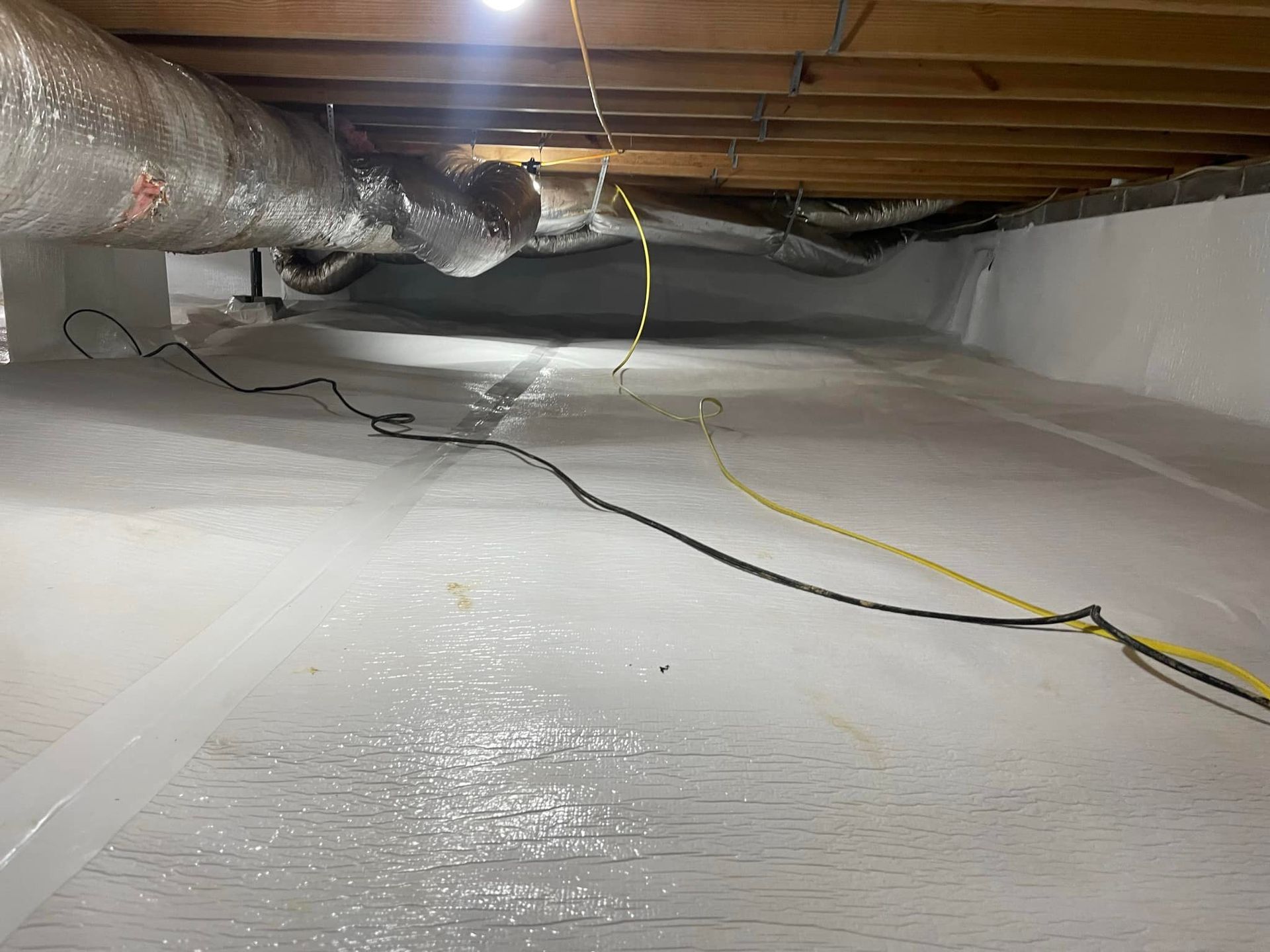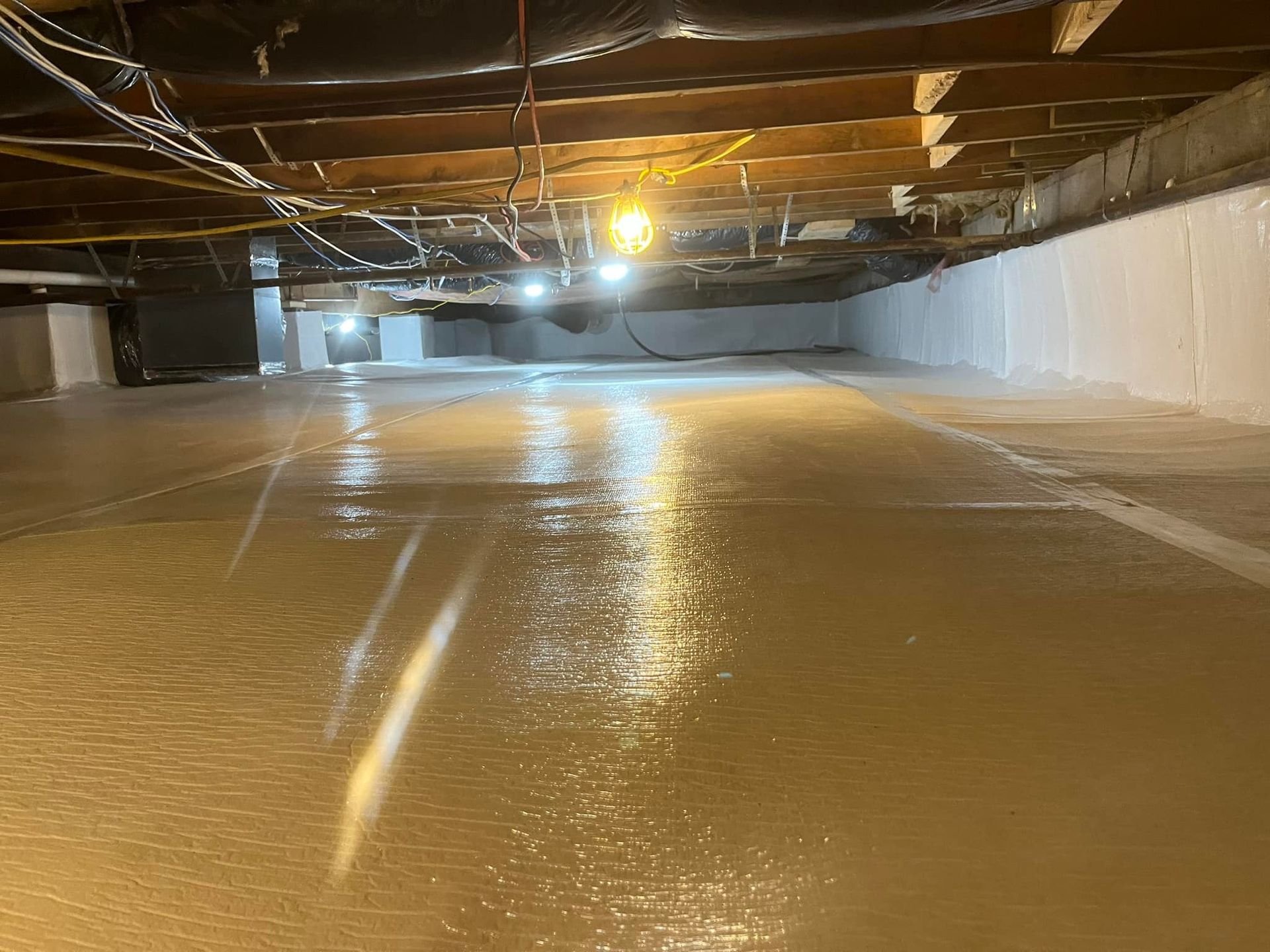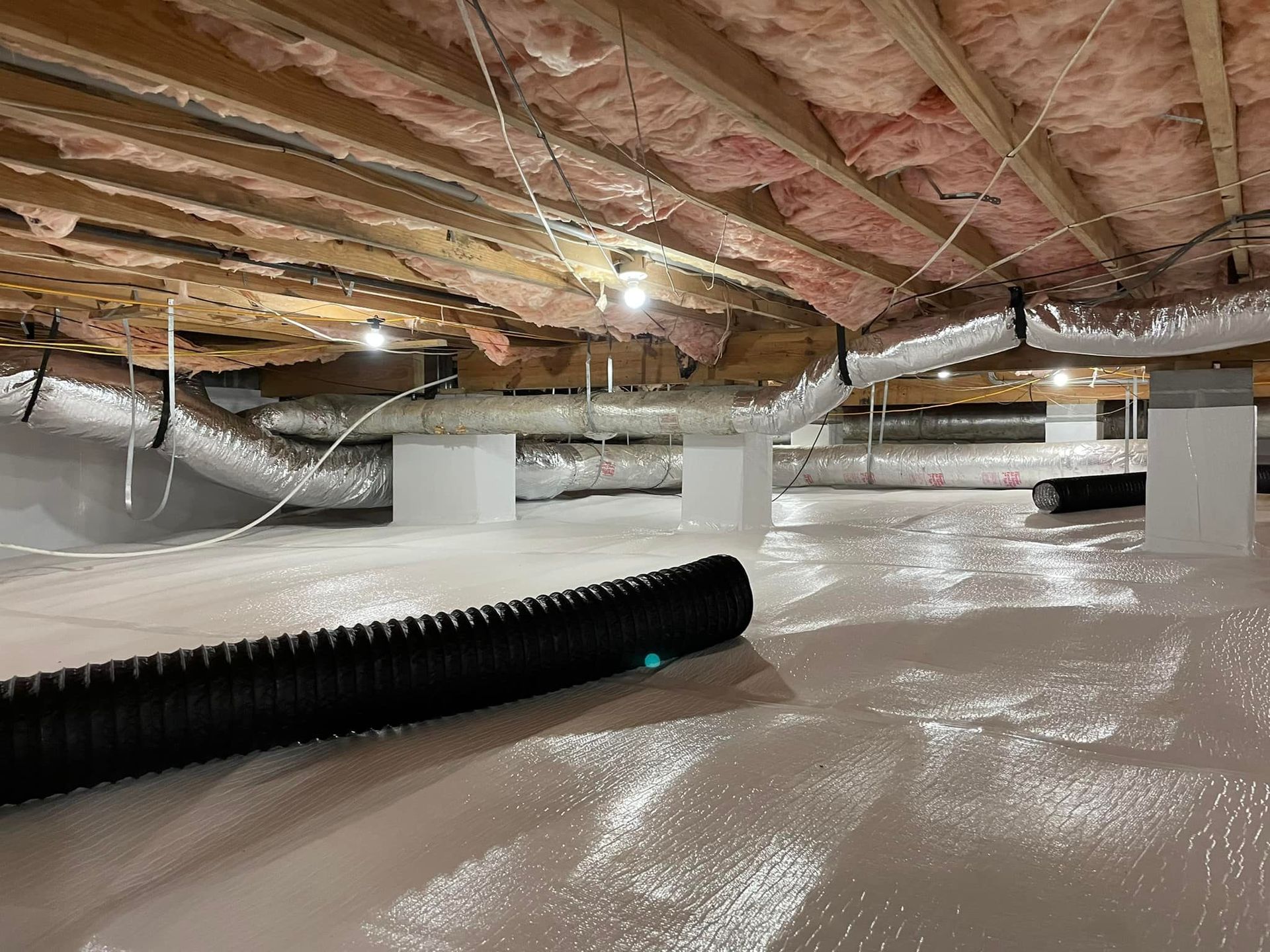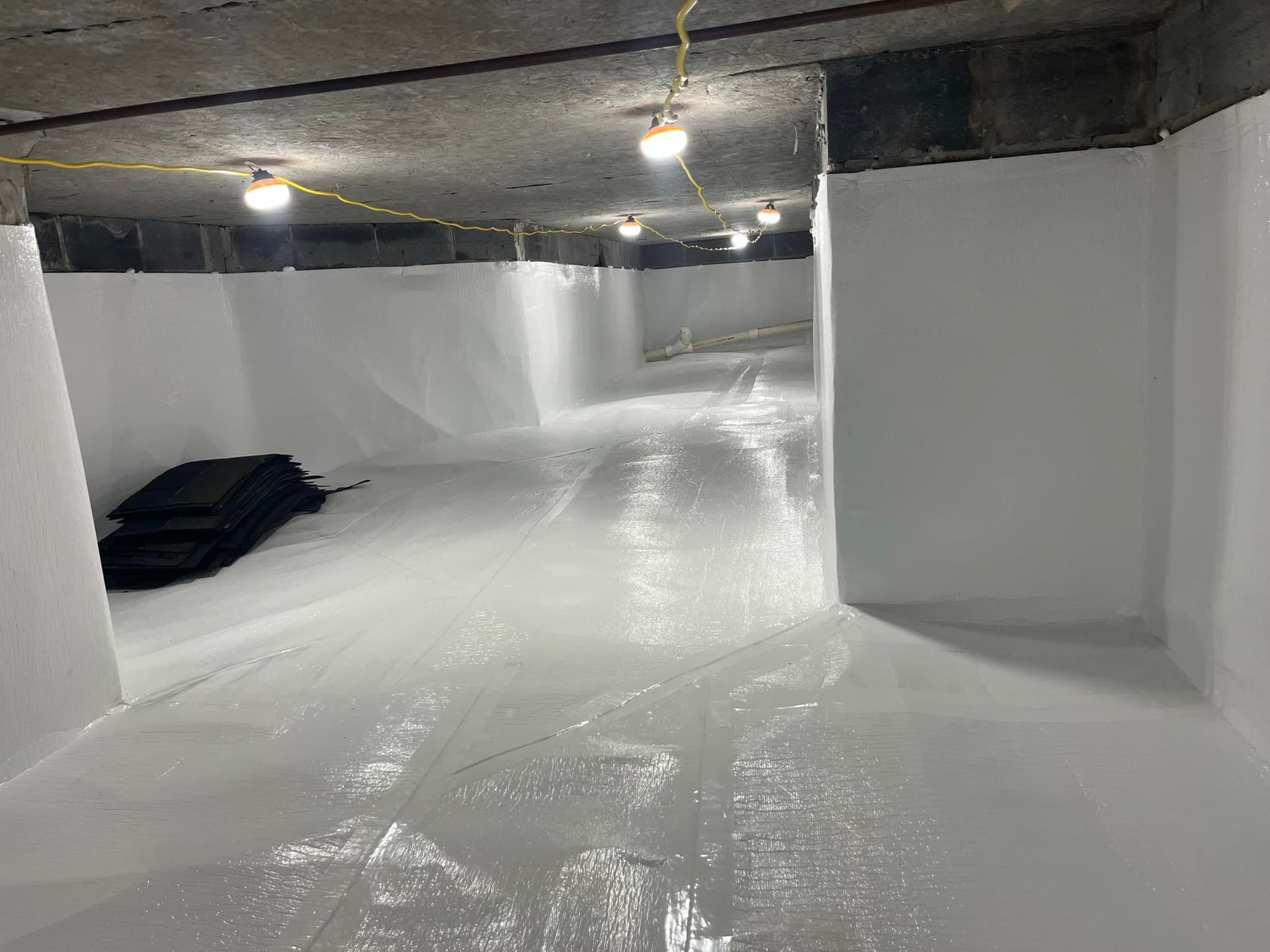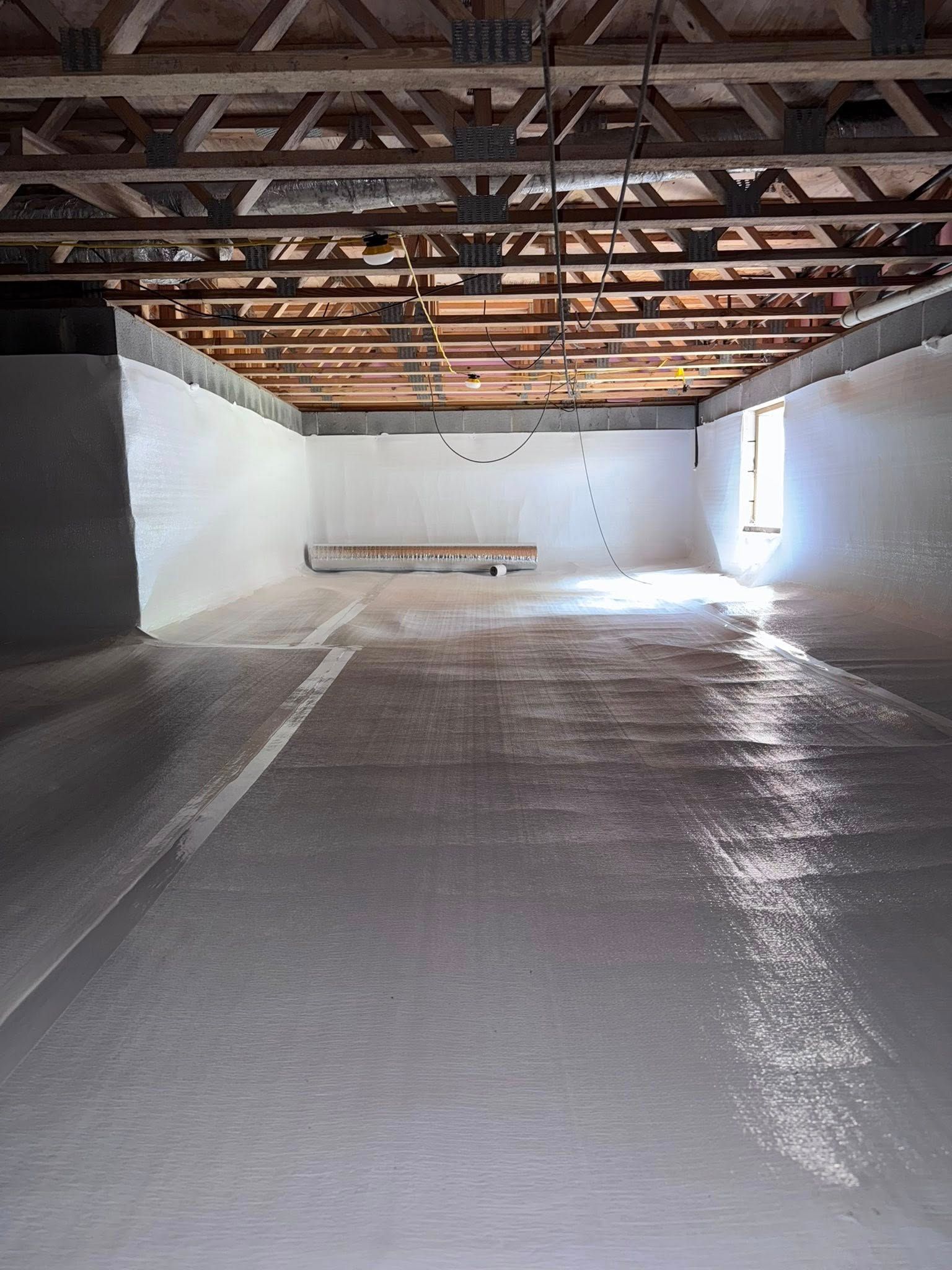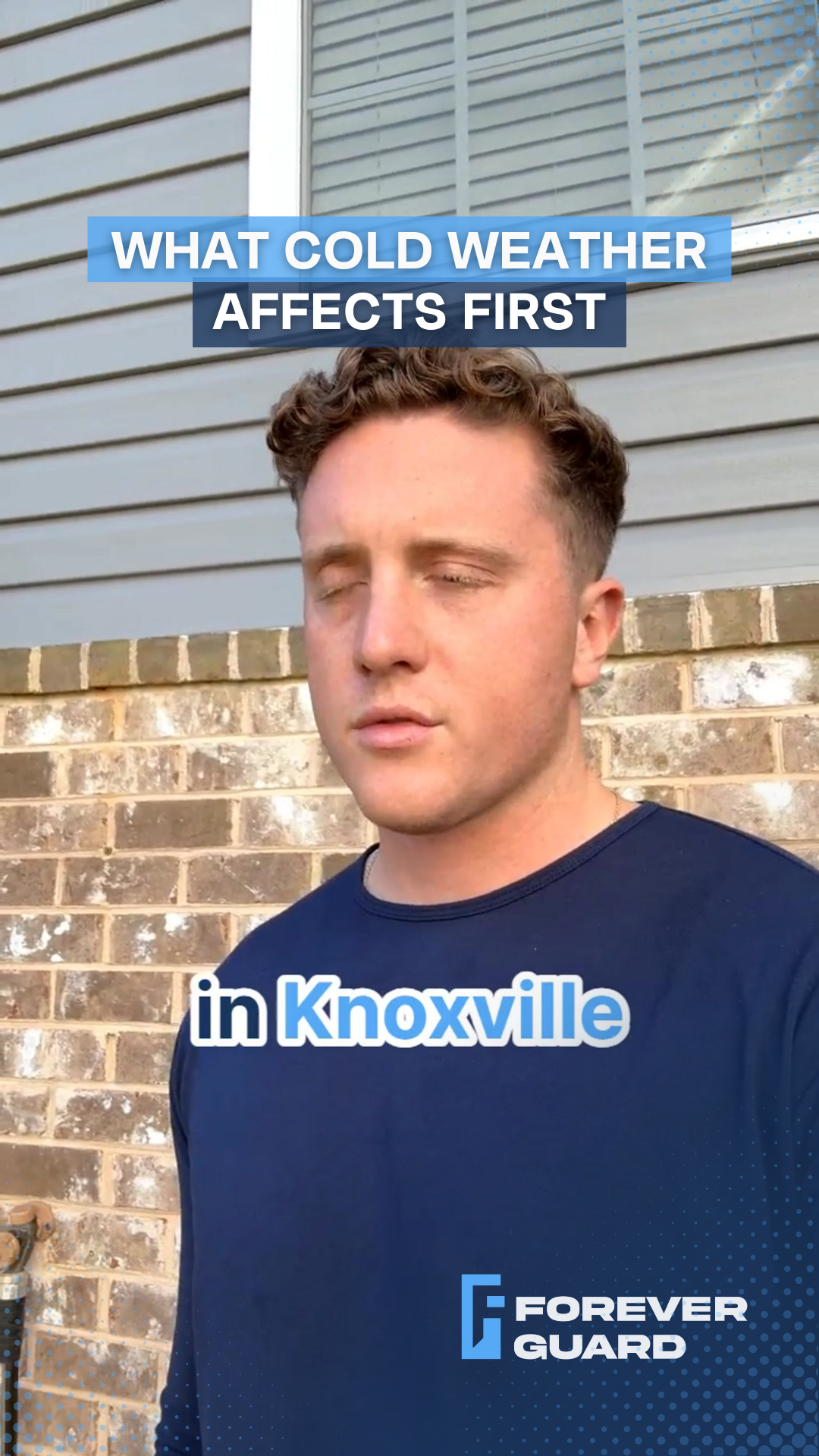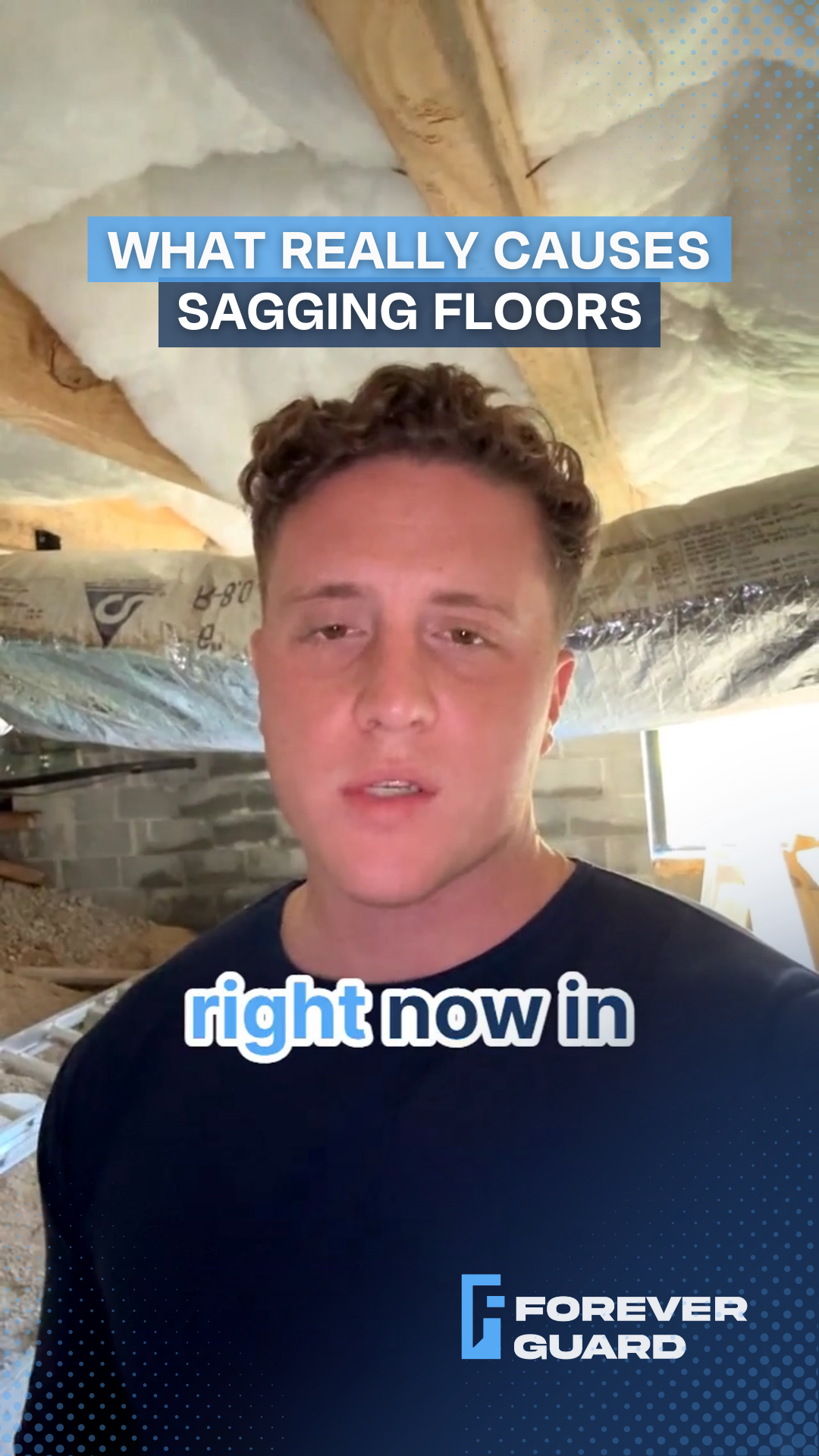Why Foam Board Isn't Enough: A Professional's Guide to Winter Crawl Space Protection
Don't Waste Money on Partial Solutions That Leave Your Pipes at Risk
A crawl space expert reveals why complete encapsulation beats patchwork fixes every time
I just left an inspection where the homeowner was planning to install foam board on their crawl space walls.
They had the right concern - protecting their pipes from freezing - but the wrong solution.
It's a situation I see all too often, especially as winter approaches.
Here's the thing about winter pipe protection: most homeowners focus on covering the pipes themselves, missing the bigger picture of why pipes freeze in the first place.
Wrapped pipes and thin foam board might make you feel better, but they're not addressing the real problem.
Think of it this way - if your house is letting in cold air, putting on an extra sweater isn't going to fix your heating bill.
You need to seal the leaks.
The same principle applies to your crawl space.
Where Cold Air Really Gets In
During today's inspection, I could immediately spot the usual suspects - the places where winter air freely invades crawl spaces:
- Crawl space vents that stay open year-round
- Gaps around the access door
- Openings around AC unit connections
- Unsealed utility penetrations
Each of these openings is like leaving a window cracked during winter. Sure, you can wrap your pipes in insulation, but you're still letting the enemy - freezing air - march right in through the front door.
The real solution isn't about adding more layers of protection inside an already-compromised space. It's about controlling your crawl space environment completely.
The Problem with Band-Aid Solutions
Look, I understand why foam board seems like a good solution. It's relatively cheap and feels like you're doing something protective. But here's what most suppliers won't tell you: that thin foam board isn't meeting building code requirements, let alone providing real protection.
Building codes specify R10 foam board for a reason. Anything less is like using a paper umbrella in a rainstorm - it might make you feel better, but it's not doing the job. And when you're talking about preventing thousands in frozen pipe damage, feeling better isn't enough.
The Complete Protection System
When we encapsulate a crawl space, we're creating a controlled environment that works year-round. Here's what that looks like:
- Sealing off all vents and access points
- Installing a heavy-duty vapor barrier up the walls
- Properly sealing the access door
- Adding a permanent dehumidifier to regulate moisture
This isn't just about slapping some material on the walls. It's about engineering a space that protects your home from the ground up.
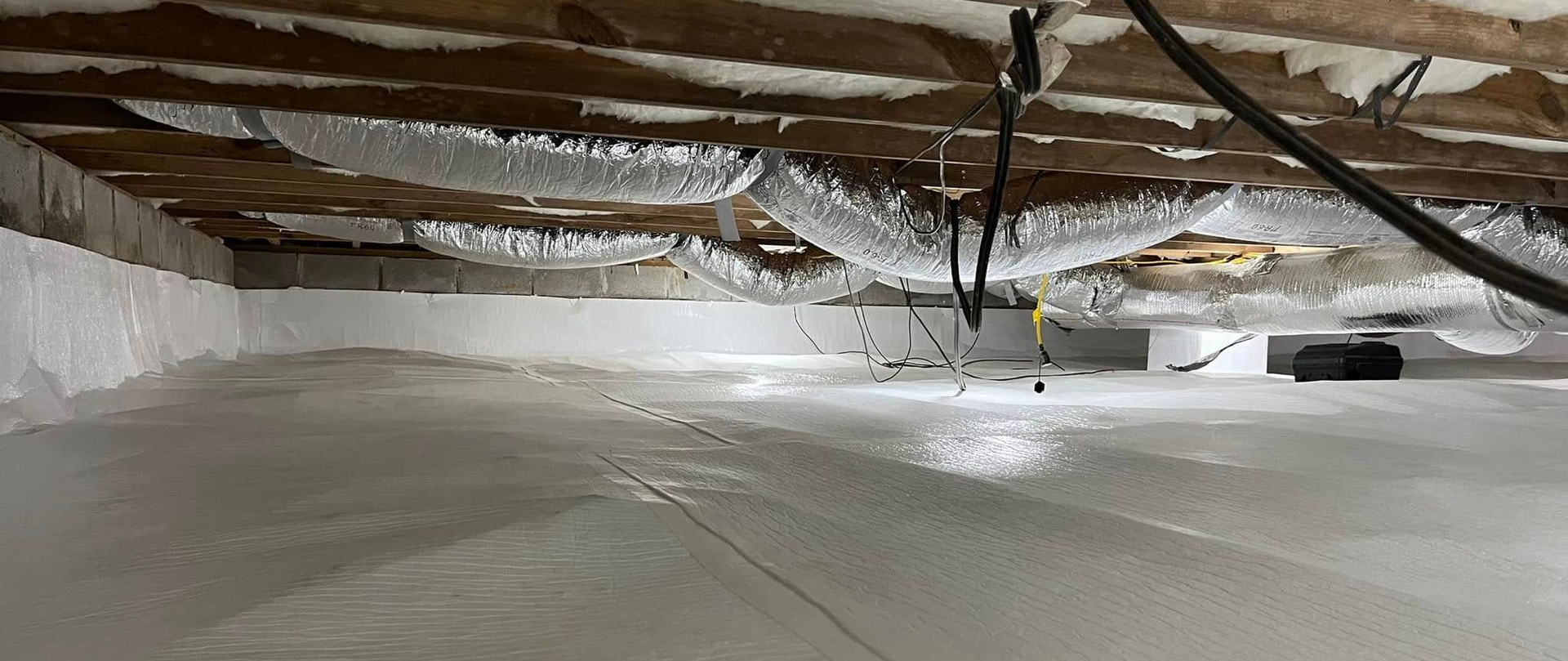
Beyond Frozen Pipes: The Year-Round Benefits
Here's what most homeowners discover after we encapsulate their crawl space: winter pipe protection is just the beginning. You're also getting:
- Lower energy bills year-round
- Protection against moisture damage
- Prevention of mold and fungal growth
- Improved air quality throughout your home
- Long-term structural protection
Every home I inspect with proper encapsulation shows the same pattern - fewer problems, better efficiency, and happier homeowners.
Making the Smart Choice
Let's talk real numbers. The cost of fixing burst pipes? Easily $5,000-$10,000, plus the headache of water damage and temporary repairs. And that's if you catch it quickly. Add in damaged flooring, walls, and belongings, and you're looking at even more.
Compare that to professional crawl space encapsulation:
- One-time investment
- Complete protection
- Permanent solution
- Full warranty coverage
- Year-round benefits
I've seen too many homeowners try the quick fix route, only to call us later for both encapsulation and water damage repair. Don't make that mistake.
